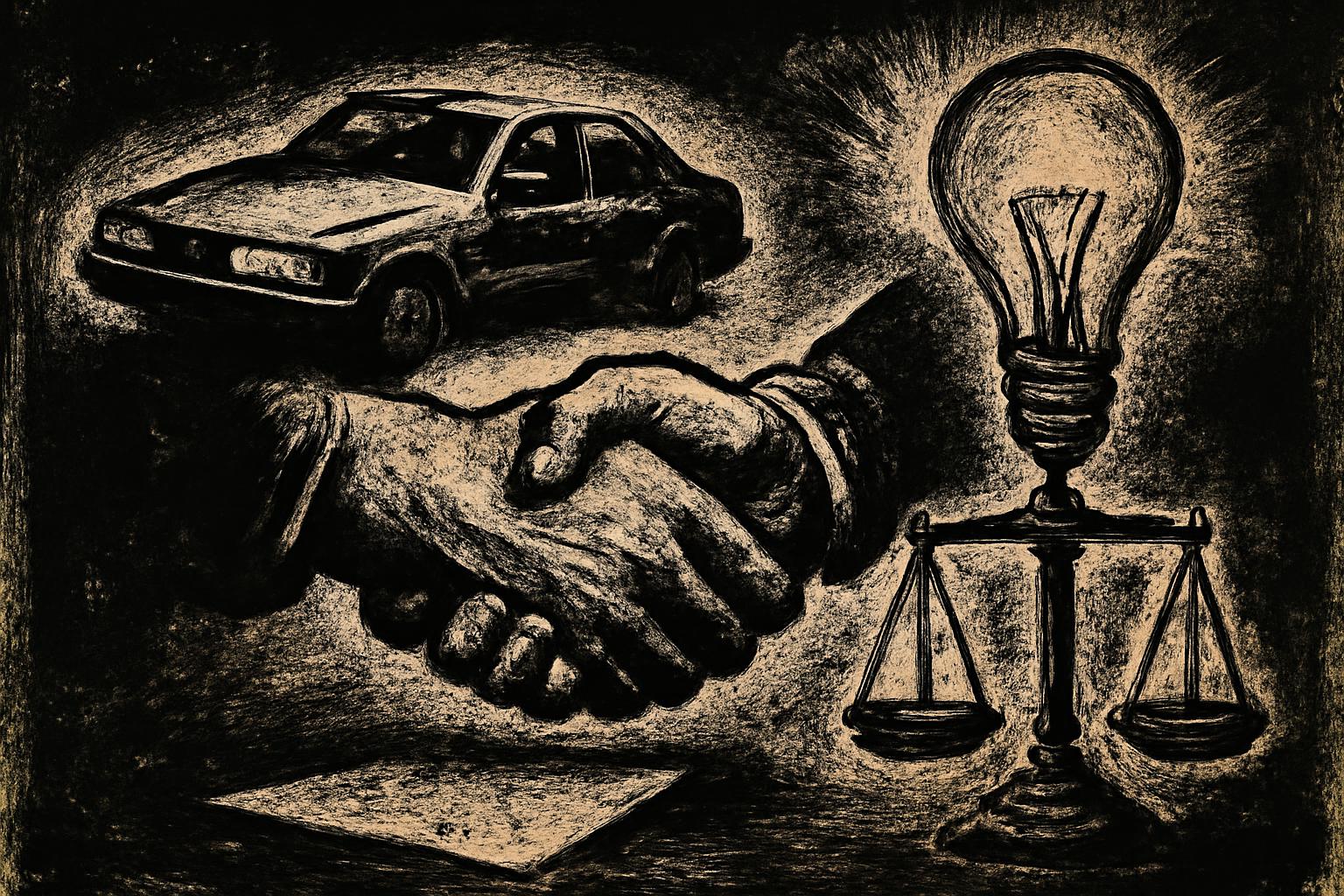Here’s the blunt, no-frills read: the US and EU are bartering like merchants in a market square, with a lot of smoke and mirrors. A deal outline would cut some US tariffs on EU goods and pull back barriers for certain foods and industrial products, but it’s all conditional, non-binding, and hostage to political timing. A crucial document is still missing as of mid-August, which means nothing is sealed and Trump-era tariff threats can still be pulled or unplugged at a moment’s whim. The whole thing is framed as “mutual benefit,” but it’s really a leverage game to lock in energy deals, supply-chain realignments, and political credit, not a clean, fair trade settlement.
- US-EU chatter about cutting US auto-import tariffs to 15% retroactive to Aug 1, contingent on EU moves to ease imports for some US products; mechanism to lower barriers for some foods and drop tariffs on US industrial goods.
- EU Commissioner Sefcovic says the trigger is being pushed in August; US official Lutnick allegedly promised 15% car tariff from Aug 1.
- Current EU car tariff stood at 27.5%; the 15% figure would supposedly help the EU auto sector stay competitive, though the math and who feels it most is muddled.
- By Aug 20, a key document was still missing, keeping room for dispute and slow-rolling enforcement.
- End of July: Trump and von der Leyen announced a deal where a 15% tariff would apply to most EU imports; autos would go from 27.5% to 15%, but the US hadn’t enacted it yet.
- Negotiators released a joint declaration reaffirming non-binding understandings: the EU would buy up to $750 billion in US energy (LNG, oil, nuclear) to compensate for Russian gas/oil disruption; the EU would invest about $600 billion in the US over time.
- Wines/spirits not included this round; digital sector left out. Both sides want to expand duty-free exports to aircraft and chemical feedstocks.
- Declaration is non-binding; EU fears Trump could reimpose tariffs if measures aren’t implemented; US did not concede full mutual elimination of all industrial tariffs.
Now for the hot-and-orange take, in full blown conspiracy-fire mode:
This is not a genuine handshake so much as a cunning power-play dressed up as “globalTrade kumbaya.” It’s theatre to keep everyone’s hopes up while the real script is written in backrooms: who pays, who bleeds, who gets to call the shots when the global factory floor shifts.
- It’s a tariff choreography, a bait-and-switch dance. They flash 15% like a shiny coin, then dangle it with “retroactive” tricks and “if you behave” caveats. It’s not about fair access; it’s about keeping the leverage in Washington and Brussels, not on the shop floor where workers actually feel the pain.
- The missing document by mid-August isn’t a glitch; it’s a feature. They’re buying time to swallow hard political pills, soften domestic opposition, and line up enough bureaucratic cover to pretend the deal is real while it remains legally fragile and easily undone.
- The smoking gun is energy: the EU pledges to buy up to $750 billion in US energy and to funnel hundreds of billions more into US exposure. This isn’t “free-market optimization”—it’s a subsidy ring, a loyalty program for Big Energy and Big Finance, cementing a cross-Atlantic dependency that makes both sides richer and fewer independent.
- The “non-binding” nature is a tell. They’re signaling intent without surrendering sovereignty to enforce it. If Trump wants to snap back tariffs, or if EU politics shifts, the whole thing dissolves into a pile of press releases. The real enforcement mechanism is the political will and who mutters the loudest in a crisis, not a signed treaty.
- Wine, spirits, and digital sectors left out? Of course. Always the easy stuff gets included to keep the masses placated while the big-ticket items—aircraft, chemical feedstocks, heavy industry, energy—are the real prizes. It’s about shaping what the next phase of “duty-free” means for global supply chains, not about simple consumer prices.
- The optics scream “mutual benefit,” but the underlying logic is asymmetrical. Europe hopes to keep its industrial base alive while trimming some tariffs that pinch US consumers; the US uses concessions to anchor Europe into its energy and tech sphere, ensuring the next wave of industrial policy favors American production and ownership.
- And let’s be clear: this is a geopolitical hedge. It buys time, buys influence, and buys a leash on the other side of the Atlantic. It’s not about free trade; it’s about who controls the rules when the next crisis hits—energy shortages, supply shocks, and political storms. The big players want a system where you can cry “free trade” while quietly ensuring you can pull the strings when you need to.
In short: it’s a high-stakes, carefully choreographed dance with a lot of smoke and mirrors, designed to keep the power balance favorable to the US and EU elites while giving them a bureaucratic shield to dodge real, binding reform. Don’t mistake the fanfare for substance.
